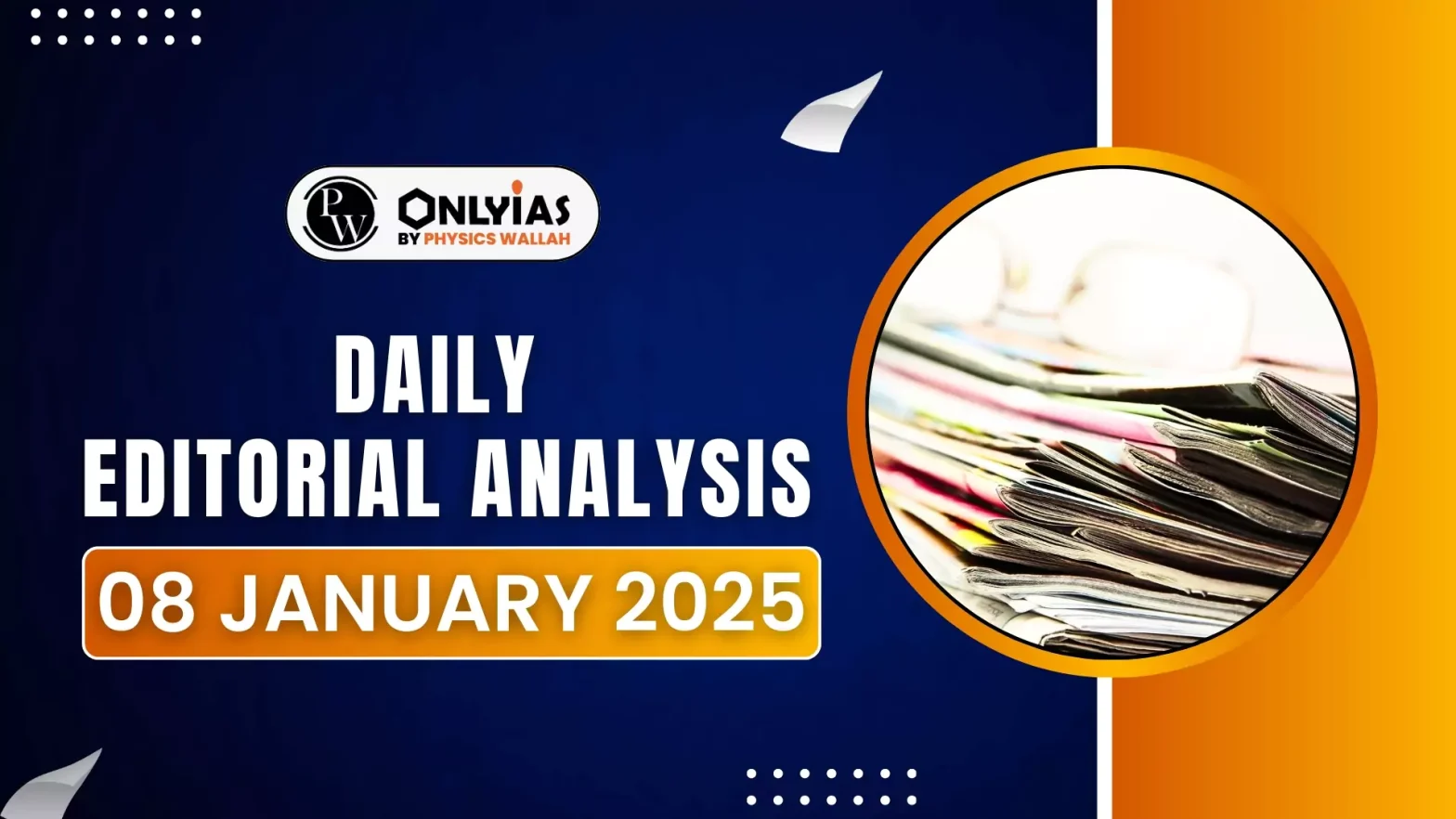Political shifts, power dynamics, rivalries, and external influences are reshaping the South Asian region, and India’s relationships with its neighbours are evolving. India’s foreign policy in 2025 must adapt to the rapidly changing strategic environment in South Asia.
Diminishing Great Power Interest in South Asia
- Decline of U.S. Influence: A decade ago, the U.S. was deeply engaged in South Asia due to terrorism, India-Pakistan tensions, and its Afghan military presence. Today, with these issues waning, the region has lost priority in Washington’s agenda.
- Shift in Global Priorities: As global focus on South Asia wanes, attention to the Kashmir conflict and its status as a nuclear flashpoint has diminished. The region is now seen as more stable compared to other global hotspots.
Enroll now for UPSC Online Course
India-Pakistan Relations
- Quietened Frontiers: India’s frontier with Pakistan has become relatively quieter, especially along the Line of Control in Kashmir.
- Diplomatic Engagement: Diplomatic engagement between India and Pakistan has diminished, with no trade or political interactions and a lack of high commissioners for over five years.
- Taliban-Pakistan Dynamic: A new dynamic influencing India-Pakistan relations is the growing tensions between the Taliban-led Afghanistan and Pakistan.
- A reversed Situation: While India previously feared Pakistan gaining strategic depth in Afghanistan through Taliban support, the situation has reversed.
- The Taliban’s increasing hostility towards Pakistan, including territorial claims, has become a larger concern for Islamabad than India.
| Members of Tehreek-e-Taliban, seeking to establish sharia law, have found a safe haven in Afghanistan, which Pakistan opposes. In December 2025, Pakistan launched rare airstrikes targeting multiple suspected hideouts of the Pakistani Taliban in Afghanistan, killing at least 15 people, including women and children. |
Decline of Regional Cooperation in South Asia
- SAARC Dysfunctionality: The South Asian Association for Regional Cooperation (SAARC) has been non-functional since 2014, and regional cooperation has weakened significantly.
- Trade, travel, tourism, and educational exchanges among South Asian countries have sharply declined, and bilateralism has taken precedence over regionalism.
- India’s Bilateral Approach: India’s approach to South Asia has shifted from engaging with the region as a whole to focusing on individual countries.
- This shift has led India to prioritize relationships with smaller regional states, rather than engagement with South Asia as a bloc.
Check Out UPSC NCERT Textbooks From PW Store
India-China Relations
- Unsettled Border Disputes: India’s relationship with China is characterized by a fluctuating mix of distrust and cautious optimism.
- Recent agreements on patrolling along the Line of Actual Control (LAC) provided temporary relief, but tensions remain.
- Dam on Yarlung Tsangpo: China’s plans to build a massive dam on the Brahmaputra River and its continued actions in Ladakh indicate that India’s relationship with its powerful neighbour will remain testy.
Constant Flux in India’s Neighbourhood Relations
- Unpredictable Ties: India’s relationships with its smaller neighbours like Nepal and Bangladesh will continue to be dynamic and prone to fluctuations.
- India’s ties in the region will not settle into a stable pattern, requiring ongoing efforts in diplomacy, engagement, and firefighting.
- Success and Challenges: India will face both successes and challenges in these relationships, and its foreign policy must remain adaptable to these shifts.
Suggestions
- Maintaining Calm with Pakistan: India’s priority should be to preserve the current calm with Pakistan. Now is not the time for extensive dialogue or military escalation.
- Cautious Engagement with the Taliban: India should engage cautiously with the Taliban, viewing it as neither an ally nor an adversary.
- Maintaining a neutral stance while supporting the Afghan people would better serve India’s interests than closer ties, which could become a liability.
- Leveraging Global Powers’ Reduced Interest: India should engage with the U.S., especially the incoming administration, to discuss regional issues such as the future of Bangladesh.
- Collaborating With Other Powers: Additionally, India should collaborate with Japan, South Korea, and European powers to provide regional public goods in South Asia, leveraging their financial and infrastructural capabilities.
- Linking South Asia to Broader Strategic Objectives: India’s foreign policy in South Asia should be aligned with its broader strategies in the Indian Ocean and Indo-Pacific regions.
- Incorporating South Asian nations with other leading powers/groupings could be beneficial.
Enroll now for UPSC Online Classes
Conclusion
India’s foreign policy in 2025 must navigate a complex and shifting strategic landscape in South Asia. By focusing on maintaining stability with Pakistan, engaging cautiously with the Taliban, and leveraging external powers’ reduced interest, India can assert its position and continue to influence the region’s evolving dynamics.
![]() 8 Jan 2025
8 Jan 2025

